7th April
‘This Joyful Eastertide’ – reflections on how religions and climate hope should come together



Maundy Thursday – With Easter just around the corner, as a church organist I have a lot of preparation to do. We have almost as many services this long weekend as happened over Christmas and – despite having stood down officially during the lock down year – I am due to play some of the big ones, as a gesture of good will… good will, because I want to thank my community (Lanlivery Parish and the wider ‘Benefice’) for the way they rose to the occasion, on March 30th at the Ceremony for Climate Hope.
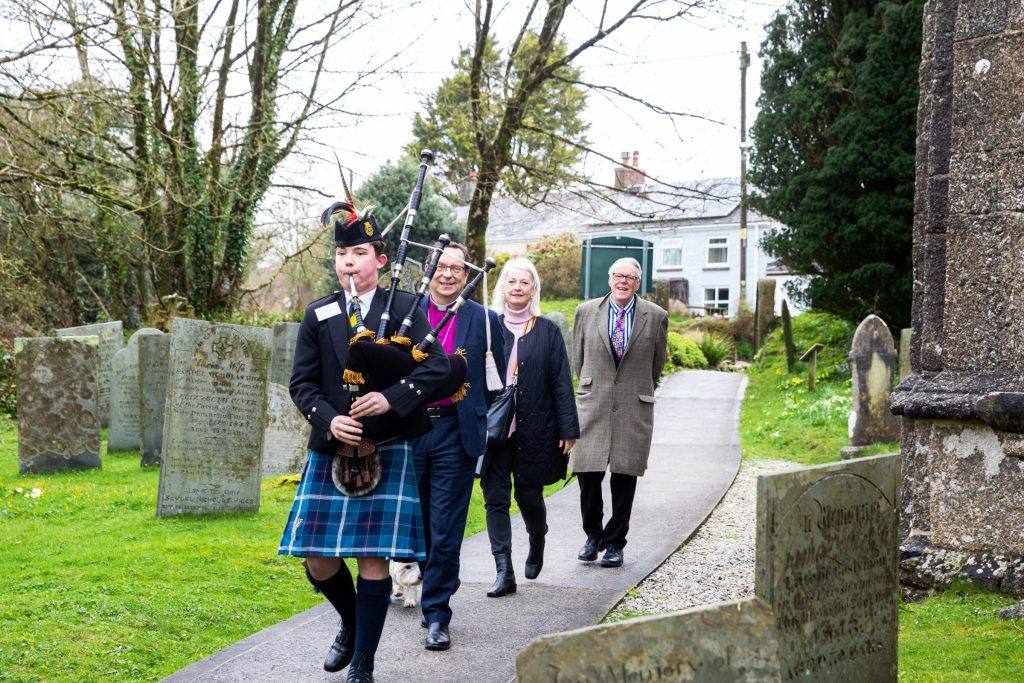
Looking back one week, for me and the team at the Meadow Barns, Thursday 30th was like crossing the Rubicon for Julius Caesar. If you don’t know that story, then imagine the seismic shift of a mother going through pregnancy for the first time. Only after the event can you appreciate the major shift in life as a result. Am I exaggerating? No, not really. Because creating this Ceremony has involved taking a sharp stick and poking 2 of our country’s major establishments – our education sector and the Church of England! (read to the end to find out about challenging The Crown also).


Challenging Education and Church
Last time, I described working with a Special School and you could say, in that case, I was prodding the government, indirectly, for their education policies. I agree totally with ‘Teach the Future’ https://www.teachthefuture.uk that more quantity and quality of climate education should probably be happening in most schools, but the vital missing element in many cases is HOPE. Studying their reports I realise how lucky I was to connect with both Red Moor and the Greenfield Unit at Bodmin College (who made the rain forest display). By going out on a limb like this, it was obviously important to Red Moor that the Ceremony should turn out to be a success and happily it really showed them in an excellent light. You can now read about it and see pictures in a separate part of the website https://themeadowbarns.co.uk/climate-hope-1/ or on the new YouTube playlist (more photos and films will be added gradually over the next weeks). https://www.youtube.com/playlist?list=PLL19dB7VxtVIEQXmJ_tp5y8YjqbojBUHC. You will find a few comments below, from a choir member, a parishioner and the Head Teacher, joined by a Governor who travelled from Somerset and hopes to run an event at her school soon.

But my more direct challenge was made to the established Church of England. Again I can see clearly how blessed I have been, to work with such flexible, imaginative and forward-thinking individuals. However, there is a bit of a worry about what can happen next. The Bishop of Truro encouraged everyone in the church to support the roll-out into more schools and communities around the world. But embracing something which is clearly not a church SERVICE, not tied to Christian doctrine, and which I described as a ’Collaborative Community Experiment’, may be a step too far for traditionalists.
C of E perspective
Christingle, a favourite service in the Church of England calendar, can happen anytime between the start of Advent and Candlemas in early February; this was the model for our new Ceremony. I soon realised I could not restrict our events to such a limited time frame, so it was a natural progression to remove Christingle words and make something more generic, spiritual but not tied to Christianity. Unfortunately the result is that some officials in the church may feel affronted; perhaps they consider they “own” the concept of a candle in an orange, and it must only be used to represent the world of Christianity? 2 Bishops that I consulted, both with official responsibilities for the Environment, took this stance –
If held or hosted by a church, “Candles for the Climate” (previous name we were using) should be deeply rooted within the Christian tradition.
However, there was a little flexibility when Bishop Hugh of St Germans added – I suggest that you keep in touch with your priest locally, Paul Beynon, who is the person who needs to be happy with the service.
How fortunate he told me this, because Paul was the right person for evolving the Ceremony, just as the Bishop was perfect for the finishing touches on the day. This old church building has had many uses over the years, the least Christian probably being as a floor for PE and games by the primary school children next door. More recently, Paul has been offering our Benefice churches for use by other faiths, including regular occasions of worship by Catholics. His willingness to embrace my experiment led to all faiths being invited, although they did not all respond. In the end, we had a candle lit on behalf of Catholics in the Ceremony (Peter below), and another by Pema for Buddhists.


Role of Religions more widely
I am no Theologian and personally can only be described as a lapsed Buddhist, by no means a Christian. But an advanced degree is not required to know that lighting candles is important in all faiths. I had a quick look at Wikipedia and found this, going back to Roman times and reporting on a wide range of faith events, of which probably the best known are Diwali and Hanukkah
https://en.wikipedia.org/wiki/Ceremonial_use_of_lights
One of the most popular festivals of Hinduism, Diwali (from the Sanksrit dipawali meaning “row or series of lights”) symbolises the spiritual “victory of light over darkness, good over evil, and knowledge over ignorance”. For an event that seeks ‘better understanding and a better mood’ I think that is spot on!
Another element we worked on was “the Pledge” or words to be said as the light was conveyed from one candle to another. Each person dedicated their light, either to a group of people or to living plants or creatures and said ‘we pledge to do all that we can’ to learn and help with our changing climate.’ They also agreed to be guided by the ABC of Climate – to Adapt, Balance and Connect. Of all the religions I looked into, Buddhism appears to come out on top for guiding their followers in living the best way for the planet, with those principles to the fore (this is on my v limited knowledge, could be quite wrong!).
Buddhists are not forbidden to buy luxuries but are encouraged to lead a simple life making the smallest possible demands as a consumer and thereby minimising their carbon footprint. They are not forbidden to eat meat, but are encouraged to be as close to vegetarian or vegan as possible. Actually Buddhism does not call for people to follow any rules without questioning, but rather asks people to generate and follow their own personal path of self-discipline.
I have consulted a useful source https://fore.yale.edu/Climate-Emergency/Climate-Change-Statements-from-World-Religions and dipped into a few of the academic reports; I have no doubt that these and others on the site would reward further investigation.
Calls for an environmentally conscious form of Islam are growing in Indonesia, as climate change poses enormous ecological challenges for the country. Experts say it could change society’s approach to climate efforts.
Quaker Earthcare Witness (QEW) is a network of Friends (Quakers) in North America working on Earthcare concerns. We work to inspire Spirit-led action toward ecological sustainability and environmental justice.
It would be helpful if readers, with knowledge of other faiths, could communicate their thoughts about this. Do they know of other religious projects, designed to address climate anxiety and promote positive action? There is no time to lose, after all, as an author in the Yale surveys reminds us, About half of the schools on our planet are owned by faith-based institutions, therefore they play a crucial role in arming society with knowledge about the damage we are doing to our environment and how we can turn things around.’
Petition to the Prince of Wales – another challenge to the Establishment
A couple of days ago an email dropped into the Inbox, announcing a petition, through 38 Degrees, to press the Prince of Wales to open up his Duchy of Cornwall estates to re-wilding. This is not the first time I have heard this proposal and checking I see that a major event occurred in December 2021, when TV Presenter Chris Packham and a group called Wild Card met with the Crown Estate to discuss the proposal that 50% of royal land should be offered for re-wilding. https://www.independent.co.uk/climate-change/news/rewilding-crown-estate-chris-packham-b1977399.html
It was exactly that same time when I went to a lecture by Joel Scott Halkes, who works for Extinction Rebellion and belongs to Wild Card. I reported on his presentation in the blog at the time, which helped me to understand temperate rain forests of the UK.
Let’s have a quick reminder about this, & quote from the more recent newspaper report:-
A Guardian investigation has revealed the amount the royals have received from the Duchy’s, on which they pay no corporation tax or capital gains tax. The Duchy of Cornwall, owned by Prince William, is worth £1 billion on its own.
First Question – is this value of the land, or a calculation of income potential or what?
Part of the Duchy falls under Britain’s ‘rainforest zone’ – where the climate is perfect for rainforests and nature to thrive.
2nd Question – does the petition relate only to areas of temperate rain forest, which could be in the following areas?
- West coast of Scotland.
- North and west Wales.
- Devon.
- Cornwall.
- Cumbria.
- parts of Northern Ireland.
It seems that the Duchy only has potential temperate rain forest on Dartmoor, in Devon. What is the extent and value of this area?
3rd Question – How have these areas been managed up to now? What needs to be changed?
Now, more than 47,000 of us have signed the petition asking Prince William to restore his land to its natural landscape. We know he can definitely afford to do this, will you add your name? It takes less than 30 seconds to sign …
4th Question – How can anyone claim they know that the Prince can afford to re-wild the relevant areas? Where are the assessments of the costs and impacts? In actual fact it probably would not affect the Prince and his family one jot, but his farm tenants and local residents will no doubt have something to say on this.
In response, to the above a spokesperson for The Duchy of Cornwall told Euronews Green that, “Sustainable stewardship is at the heart of everything the Duchy does.
‘We have championed the preservation of natural ecosystems for over fifty years and are constantly looking for new ways to continue improving biodiversity, conservation and public access to green spaces.”
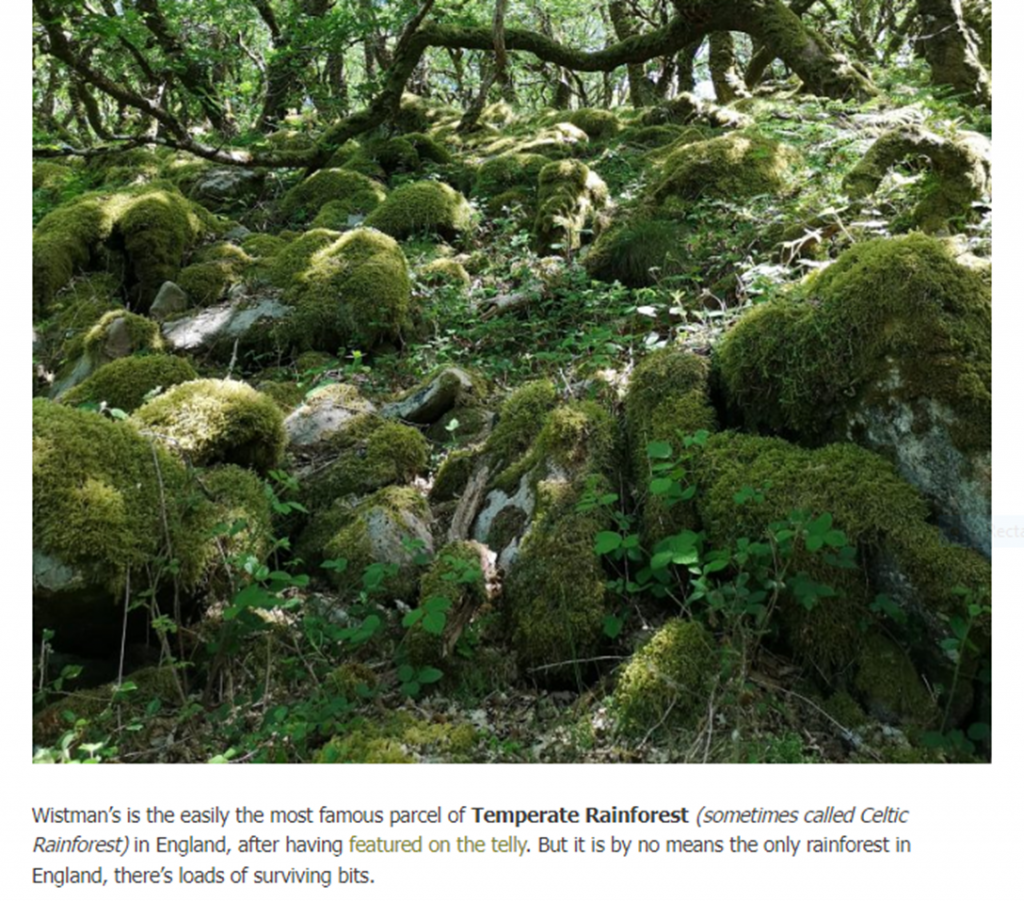
CONCLUSION
If you like a quiet life you won’t dream of challenging The Establishment. But if – like me – you feel the next couple of decades must, must achieve major change to society and you want to be part of that change, you have to pick your own Sharp Stick and get on with prodding! And please, also get sharing the new YouTube films and recruiting people to deliver their own Cermony4Climate Hope.


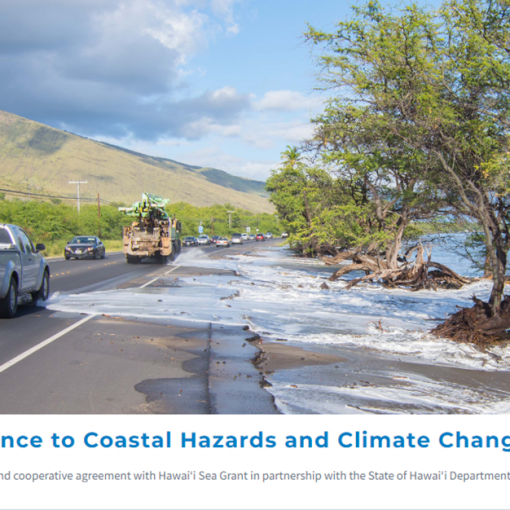
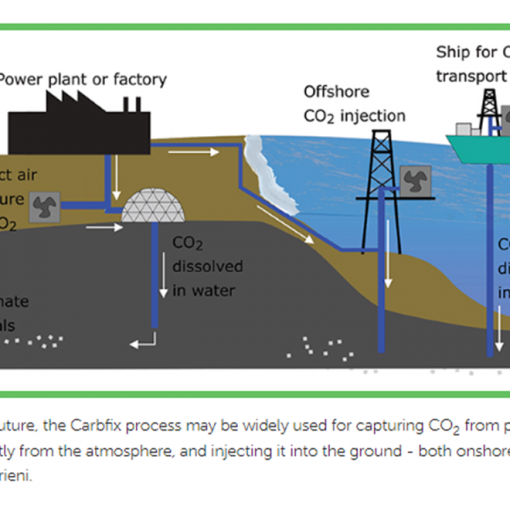
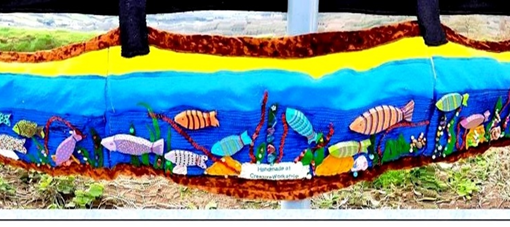
2 thoughts on “GF Blog 23 – Week 10 Easter Weekend”
There are many small pockets of temperate rain forest in Cornwall. I attach a link to a site which contains a map of ones already located in the U.K. We are invited to find and add more.
https://lostrainforestsofbritain.org/2021/03/16/mapping-the-lost-rainforests-of-britain/
Always grateful for your comments Lin, and I will share this plus other relevant correspondence in the next blog. Thank you and Happy Easter 🙂